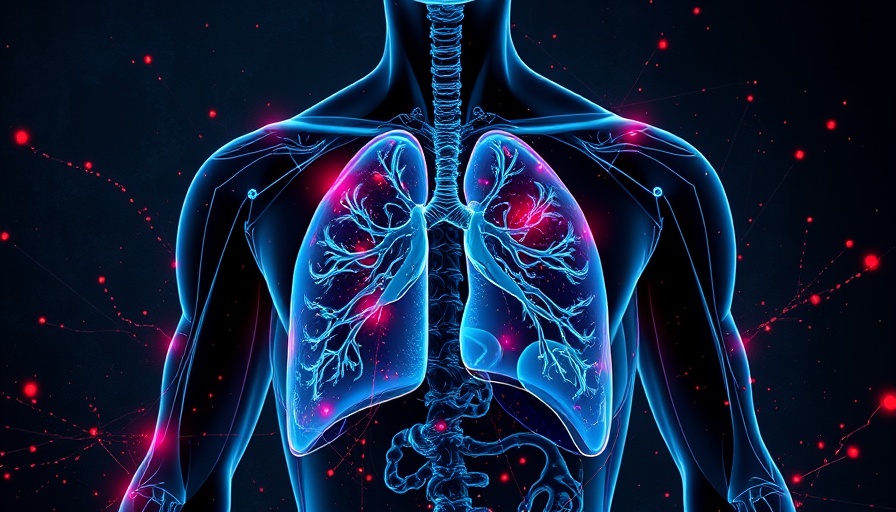
Understanding Microplastics: The Hidden Dangers
Microplastics, tiny plastic particles less than 5 millimeters, have infiltrated our environment, but what does this mean for our health and wellness? Described as nearly omnipresent, these particles originate from larger plastic materials that break down due to heat, friction, or wear. The crucial point? They don’t degrade. Their tiny size allows them to easily evade the body's natural defenses, potentially accumulating in bodily tissues, whether in humans or the animals around us.
Microplastics in Our Ecosystem: A Global Threat
The production of plastic has surged, with a staggering 460 million tons produced globally in 2019. Projections indicate that by 2060, this figure could triple. The implications of such growth are profound, as microplastics contaminate everything from our oceans to our very air. Recent studies have shown that birds, acting as environmental sentinels, carry alarming amounts of these particles in their lungs—averaging 221 pieces per bird across 51 species tested near a major airport in China. As researchers uncover more about microplastics in wildlife, parallels suggest a similar reality for human health.
Health Risks Linked to Microplastics
Microplastics have been shown to disrupt hormone balance, cause chronic inflammation, produce oxidative stress, and damage gut health. Their ability to cross the placenta and blood-brain barrier raises serious concerns for fetal health and neurological conditions in humans. Studies have found microplastics present in human lung tissues, indicating an urgent need for awareness and change.
Why You Should Care: Practical Steps to Mitigate Exposure
Reducing your exposure to microplastics is not just for the environment; it’s about personal well-being. Here are some actionable tips:
- Switch to Reusable Bags: Opting for cloth rather than plastic bags can significantly cut down on plastic waste.
- Store Your Food Safely: Use glass containers instead of plastic to minimize leaching of harmful particles.
- Avoid Single-Use Plastics: Say no to straws, utensils, and plates that contribute to plastic pollution.
- Choose Natural Cleaning Products: These are less likely to contain microplastics that can be dispersed into your home environment.
- Improve Indoor Air Quality: Investing in an air filter helps mitigate airborne microplastic exposure.
Connecting the Dots: Microplastics and Health Trends
The intersection of microplastics prevalence and health awareness among adults in Massachusetts cannot be overlooked. Interested individuals are increasingly turning to alternative medicine and holistic health practices that emphasize cleaning up our environments and nourishing our bodies. Understanding the role of various toxins—including microplastics—reinforces the importance of adopting preventive health measures and making informed choices. By addressing this hidden threat, we can advocate for a healthier lifestyle while also demanding greater accountability from plastic manufacturers and policymakers.
Conclusion: Your Role in the Fight Against Microplastics
The rise of microplastics presents a multifaceted challenge that affects both our health and our environment. As individuals, we hold the power to enact change through our consumption choices and advocacy. Stay informed, adopt sustainable practices, and spread awareness in your community. Every small action counts in the fight against microplastics. Together, we can forge a healthier future.
 Add Row
Add Row  Add
Add 




 Add Row
Add Row  Add
Add 

Write A Comment